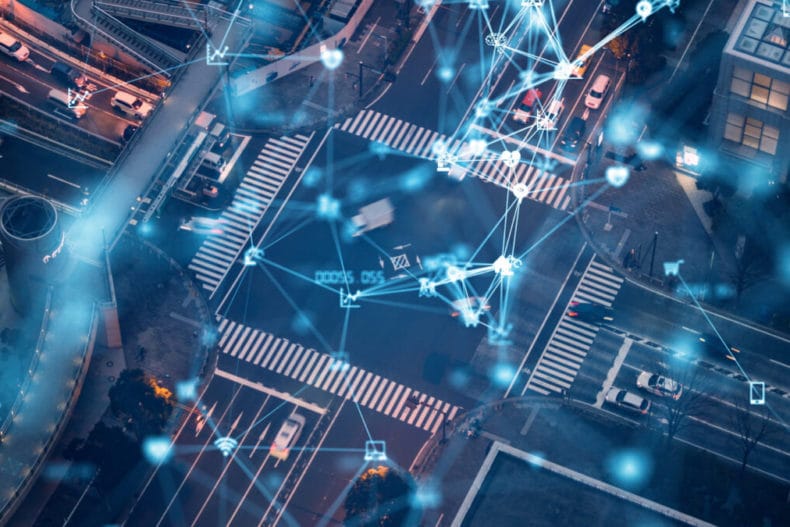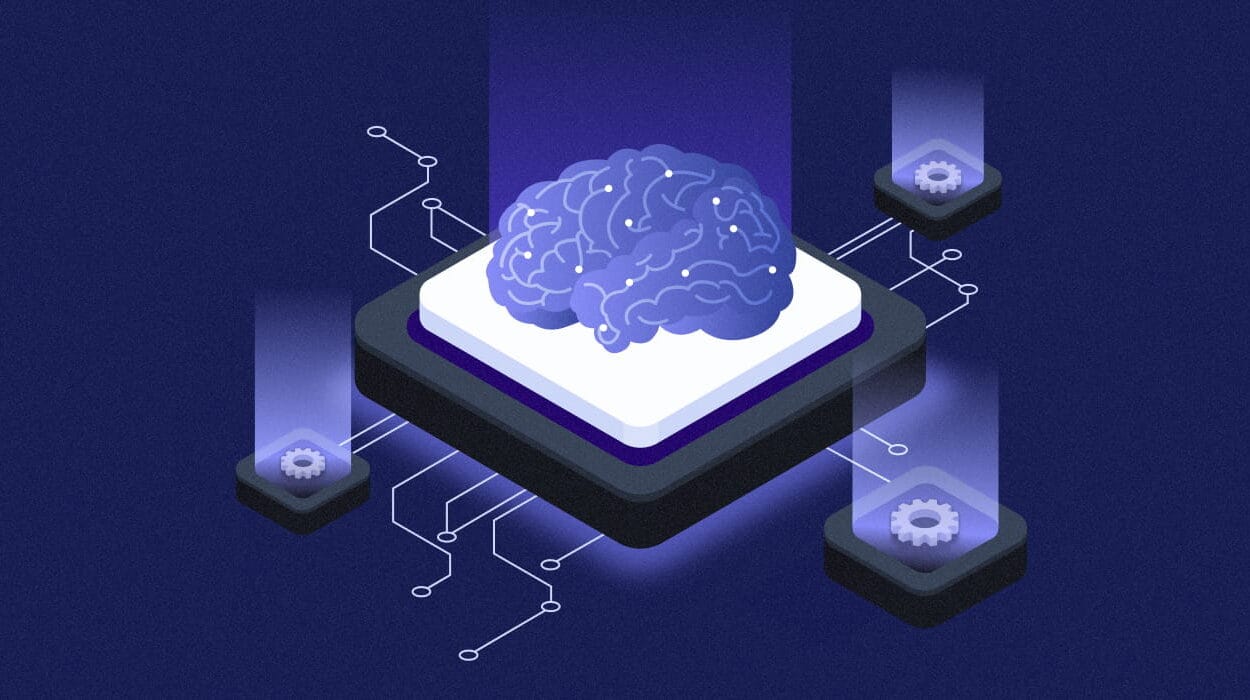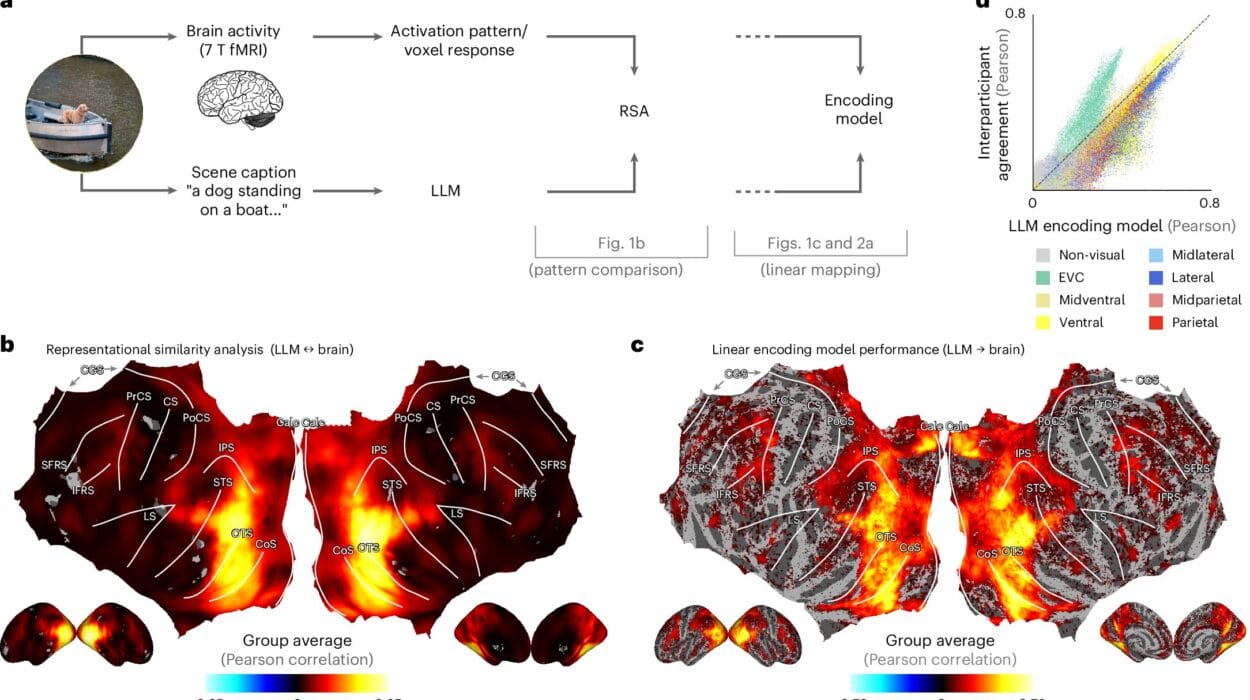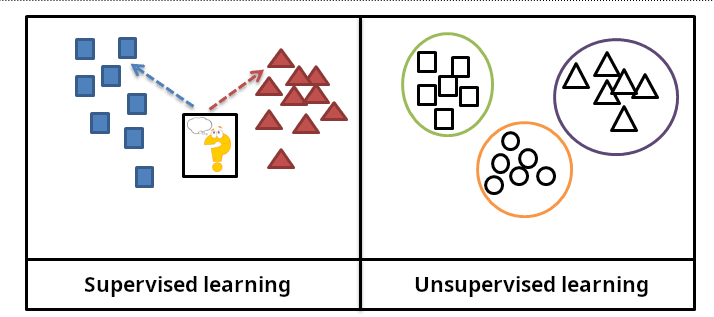Every day, without giving it much thought, we rely on invisible systems that keep our world running. The electricity that powers your lights, the water that flows from your tap, the trains that carry goods across continents, the aircraft that crisscross skies — all these depend on an intricate, interconnected web of critical infrastructure. For most of us, these systems are as unremarkable as the air we breathe. We assume they will always work.
But in the shadows, there’s a growing recognition that these lifelines are under siege. Not from storms or earthquakes — though those are risks too — but from a new breed of threat: cyberattacks. The 21st century has brought not only convenience and efficiency but also a dark vulnerability, as the same digital technologies that allow utilities and transport systems to operate efficiently have opened doors for malicious actors.
The stakes are almost unimaginably high. A targeted cyberattack on a power grid could plunge cities into darkness for days or weeks. A compromised rail signaling system could cause collisions. A hacked water treatment plant could poison thousands. This is not speculation — incidents of this nature have already happened in various parts of the world, and the trend is accelerating.
A New Battlefield Without Borders
When people think of warfare or terrorism, they often imagine explosions, soldiers, or physical sabotage. But in the digital age, critical infrastructure is a frontline without geographic boundaries. An attacker could be on the other side of the planet, hidden behind layers of anonymity, and still reach into the heart of a nation’s power stations or transport hubs.
This new battlefield is uniquely dangerous because it blends stealth with speed. A hacker can spend months quietly mapping a utility’s control systems, then strike in seconds. Unlike physical attacks, which can often be seen or heard, cyberattacks may remain invisible until the damage is done. Worse, attacks can be repeated, adapted, and escalated without the limitations of physical distance.
Why Utilities Are Prime Targets
Utilities — the providers of electricity, water, gas, and communications — are the backbone of modern civilization. Their very nature makes them attractive targets.
Electric grids, for example, are complex networks of generation plants, substations, and transmission lines. They increasingly rely on Industrial Control Systems (ICS) and Supervisory Control and Data Acquisition (SCADA) platforms to monitor and manage operations. These systems, once isolated, are now often connected to corporate networks and even the internet for remote monitoring and optimization. This connectivity improves efficiency but introduces vulnerabilities.
Attackers know that disrupting a utility can cause widespread chaos. Knocking out power doesn’t just mean people can’t watch television — it can halt hospital operations, disable traffic control, stop manufacturing lines, and interfere with financial transactions. The cascading effects can multiply far beyond the initial outage.
Water utilities face similar risks. Many treatment plants use automated systems to manage chemical levels, filtration processes, and distribution. An attacker who gains access could change chemical dosages to unsafe levels or interrupt the supply entirely. Even minor disruptions can undermine public trust, which can be just as damaging as the physical harm.
The Transport Sector’s High-Speed Vulnerability
Transportation systems — rail, aviation, shipping, road — are equally vulnerable. Modern railways, for instance, use sophisticated digital signaling and control systems to manage train movements safely and efficiently. These systems rely on precise communication between trains and central control centers. A well-executed cyberattack could inject false data, causing delays, routing errors, or even collisions.
Air travel, while heavily regulated and generally secure, has its own set of vulnerabilities. Flight planning, navigation, and even some aspects of air traffic control depend on interconnected networks. Airlines use digital platforms to manage bookings, cargo, and crew schedules — all potential entry points for an attacker seeking disruption.
Maritime transport is also increasingly digitized. Cargo ships now operate with integrated navigation, engine control, and cargo management systems, many of which connect via satellite communications. An attack here could alter a ship’s course, disable engines, or compromise cargo integrity.
And on the roads, intelligent transport systems — including smart traffic lights, tolling systems, and connected vehicle infrastructure — offer convenience but also expand the attack surface. A breach could lead to widespread traffic chaos or compromise the safety of autonomous vehicles.
The Human Cost Behind the Digital Threat
It’s easy to focus on the technical details of cyber threats, but the heart of the issue is human. When a power plant goes offline, people lose heating or cooling in extreme weather. When a transport network shuts down, perishable goods spoil, patients miss medical treatments, and families are separated.
Cyberattacks on critical infrastructure aren’t just about bits and bytes — they can cost lives. In 2021, a hacker gained access to a water treatment facility in Oldsmar, Florida, and attempted to increase the level of sodium hydroxide in the water to dangerous levels. The attack was detected in time, but the incident was a chilling reminder that the consequences can be deadly.
The Evolution of the Threat Landscape
Two decades ago, most industrial control systems were “air-gapped,” meaning they were completely isolated from external networks. This isolation acted as a natural barrier to remote cyberattacks. However, as industries embraced digital transformation, these barriers eroded. Remote monitoring, cloud integration, and IoT (Internet of Things) devices have blurred the line between operational technology (OT) and information technology (IT).
This convergence has given attackers more opportunities. State-sponsored hacking groups target utilities and transport systems to gain strategic leverage or conduct espionage. Criminal organizations see them as lucrative targets for ransomware attacks, knowing that operators may be desperate to restore services quickly. Hacktivists sometimes strike to make political statements, while insider threats — disgruntled employees or contractors — remain a constant concern.
Notable Incidents That Changed the Game
History offers stark examples of the dangers. In 2015, Ukraine’s power grid was attacked in a coordinated cyber operation that left hundreds of thousands without electricity. The attackers gained access through phishing emails, then remotely switched off substations while launching a denial-of-service attack to delay recovery efforts.
In 2017, the NotPetya malware — initially aimed at Ukrainian targets — spread globally, crippling shipping giant Maersk’s operations and causing billions in damages. While not all victims were in utilities or transport, the event showed how interconnected industries can suffer from a single attack.
Even the Colonial Pipeline ransomware attack of 2021, which disrupted fuel supplies across the eastern United States, underscored how dependent we are on the seamless functioning of these systems — and how fragile that functioning can be.
Building a Resilient Defense
Defending critical infrastructure requires a fundamentally different approach than protecting ordinary corporate networks. These systems often run on specialized hardware and software that may be decades old. Updates and patches can be difficult to apply without disrupting essential services.
Security strategies must therefore balance operational continuity with the need for protection. Network segmentation can limit the spread of intrusions, while intrusion detection systems can flag suspicious activity before it causes damage. Strong authentication, encryption, and access controls are essential to prevent unauthorized entry.
Equally important is the human factor. Many successful attacks begin with social engineering — tricking employees into revealing credentials or opening malicious attachments. Continuous training, awareness programs, and a culture of security vigilance can significantly reduce these risks.
Collaboration Across Borders and Sectors
Because cyber threats do not respect national boundaries, protecting critical infrastructure is a global challenge. Governments, private companies, and international organizations must work together to share intelligence, set standards, and coordinate responses.
In the United States, the Cybersecurity and Infrastructure Security Agency (CISA) works with utilities and transport operators to improve resilience. In Europe, agencies like ENISA play similar roles. But the reality is that public-private partnerships are essential everywhere, since much of the world’s critical infrastructure is owned or operated by private companies.
Information sharing can be difficult — companies may fear reputational damage if they reveal an incident — but transparency is vital for learning from each attack and preventing the next.
The Future: AI, Automation, and New Risks
As artificial intelligence and automation take a larger role in utilities and transport, the attack surface will evolve yet again. AI can help detect anomalies faster and respond to threats more effectively. However, attackers can also exploit AI systems, feeding them false data or probing them for weaknesses.
Quantum computing, still in its infancy, could one day break many of the cryptographic protections currently in use. Preparing for “post-quantum” security is already on the minds of forward-looking cybersecurity experts.
Meanwhile, the expansion of the Internet of Things — from smart meters to connected shipping containers — will multiply potential entry points. Each device is a possible door into a much larger system.
A Moral Imperative to Act
Protecting critical infrastructure is not just a technical challenge; it is a moral one. The trust of millions rests on the ability to keep water clean, power reliable, and transportation safe. Cybersecurity for these systems is, in essence, about protecting lives and the social fabric that binds communities together.
We cannot afford complacency. As technology advances, so do the threats. The cost of prevention — investing in security, training, and resilience — is tiny compared to the human and economic toll of a successful attack.
The clock is ticking, and the adversaries are patient. But with the right mix of technology, policy, and human awareness, it is possible to keep the lifelines of our civilization safe from those who would turn them against us.






